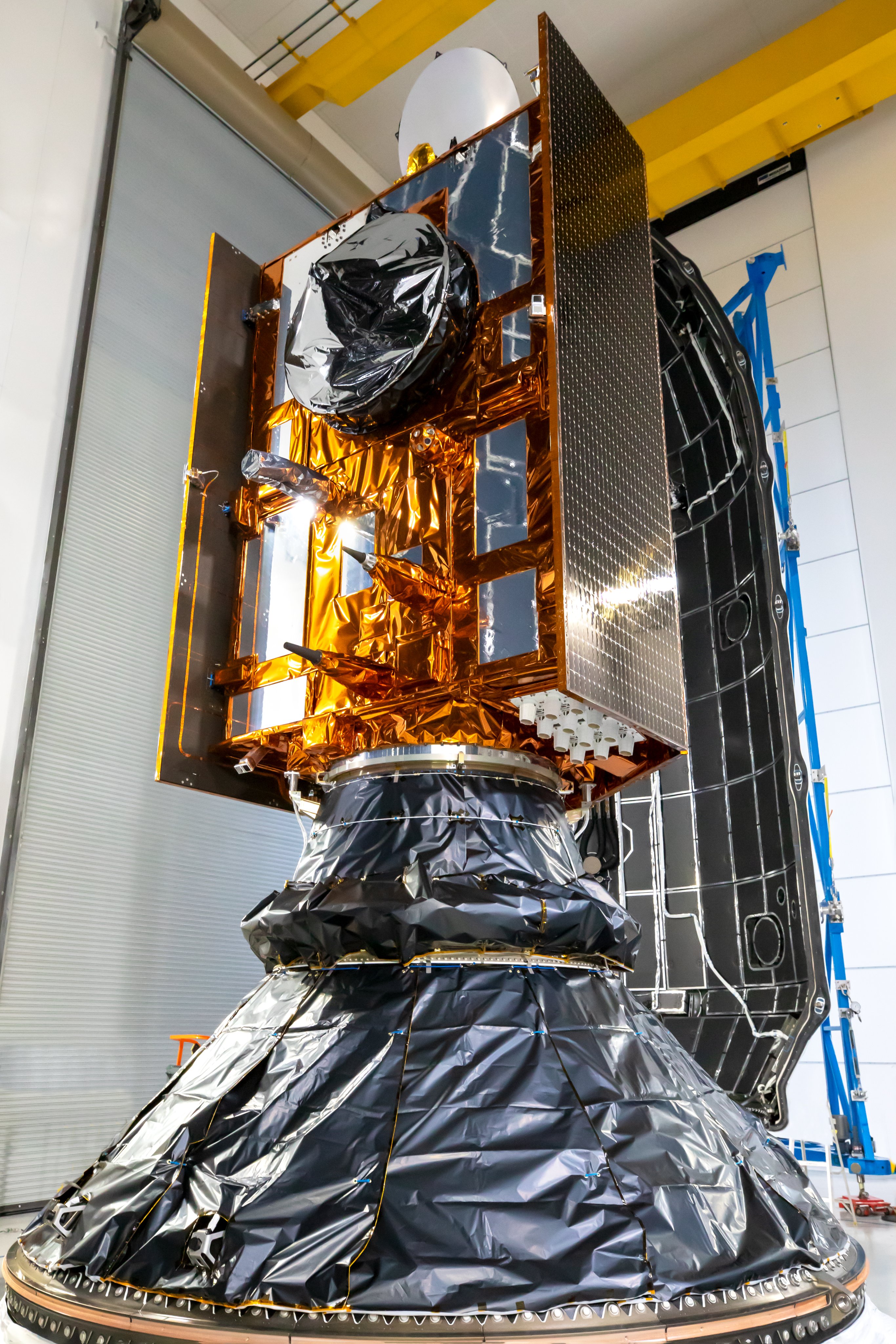On Sunday night, November 16, 2025, at 9:21 p.m. Pacific Time (which corresponds to 12:21 a.m. Eastern on Monday, November 17) a Falcon 9 rocket is expected to launch from Vandenberg Space Force Base in California, lofting the Sentinel-6B satellite into orbit.
The mission will lift off from Space Launch Complex 4 East (SLC-4E) and represents an international effort involving NASA, European Space Agency (ESA), NOAA, EUMETSAT and CNES.

In the days leading up to launch, the Sentinel-6B spacecraft was encapsulated into the Falcon 9’s payload fairing and integrated at the hangar at SLC-4E—an important milestone in the pre-launch flow. With all major systems cleared, the countdown is underway for what is one of the most important Earth-science missions of the year.
Why is Sentinel-6B significant? The satellite will continue the nearly four-decade legacy of ocean-altimetry missions that monitor sea-level rise, ocean currents and atmospheric interactions. Its predecessor, Sentinel-6 Michael Freilich (launched in 2020), set the stage. Sentinel-6B will provide essential continuity of that data record, with radar altimetry measuring sea-surface height changes globally with very high precision.

Beyond the science, the fact that such a high-value Earth-observation satellite is launching on a commercial provider’s rocket underscores how the commercial-space sector is deeply intertwined with planetary-scale infrastructure.
For onlookers on the California coast—especially in Santa Barbara, Ventura and San Luis Obispo counties—there may be sonic booms and visible stage separation events given the trajectory. The first-stage booster is expected to return to Landing Zone 4 (LZ-4) at Vandenberg after its mission.
And for space-enthusiasts worldwide, live coverage will begin about an hour before launch, via NASA TV, ESA Web TV and SpaceX’s channels.
If all goes well, liftoff will mark not only a success for Sentinel-6B but also signal the ongoing maturation of Earth-science capabilities and commercial launch operations. As the rocket’s engines ignite and the vehicle climbs into the evening sky, it carries with it not just hardware, but years of data, research, policymaking and the hope of better understanding our planet’s oceans and climate.









Leave a comment